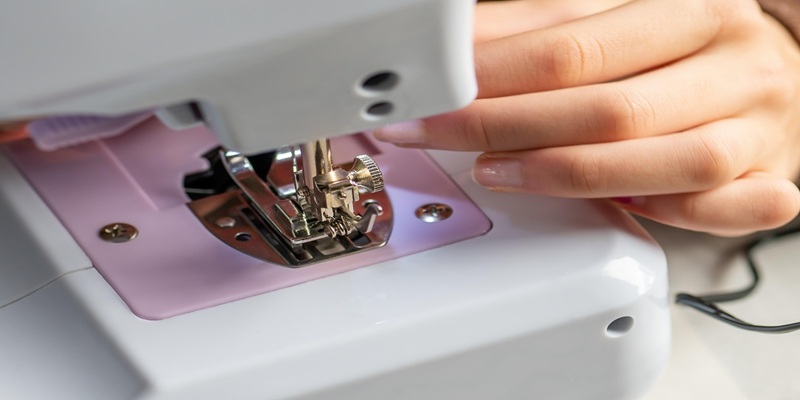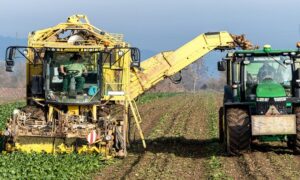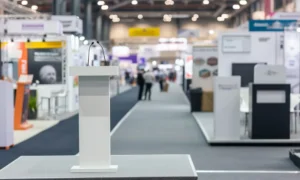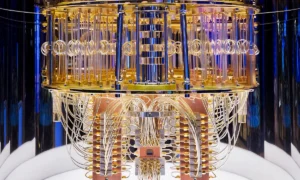The sewing machine is one of the most transformative inventions in history. Before its creation, making clothes was a slow, labor-intensive process. Every stitch was done by hand, limiting how quickly garments could be produced. However, with the invention of the sewing machine, everything changed. Clothing production became faster, more efficient, and more accessible. Today, the sewing machine remains a cornerstone of the fashion and textile industries.
The Invention of the Sewing Machine: A Historical Breakthrough
Before the sewing machine, tailors and seamstresses spent hours stitching garments by hand. This method was not only time-consuming but also limited production. However, in the 19th century, inventors began developing machines that could automate stitching.
The first functional sewing machine was patented in 1790 by Thomas Saint. Although his design was never manufactured, it laid the foundation for future innovations. Later, in 1846, Elias Howe improved the design with a lockstitch mechanism. His invention was a game-changer, but it was Isaac Singer who made the sewing machine a household name.
Singer’s improvements, such as the foot pedal and continuous stitching, made the machine easier to use. By the 1850s, sewing machines were being mass-produced. As a result, clothing production became faster and more affordable.
How the Sewing Machine Transformed the Garment Industry
The sewing machine didn’t just speed up production—it completely reshaped the garment industry. Here’s how:
Mass Production of Clothing Became Possible
Before sewing machines, clothes were made individually or in small batches. With mechanized stitching, factories could produce garments on a large scale. This shift led to the rise of ready-to-wear fashion. People no longer had to wait weeks for a tailor to finish their clothes. Instead, they could buy affordable, pre-made garments.
The Rise of the Fashion Industry
With faster production, fashion trends could spread more quickly. Designers could experiment with new styles without worrying about slow hand-stitching. As a result, the fashion industry grew rapidly. Department stores began stocking a variety of clothing, making fashion more accessible to the middle class.
Job Creation and Economic Growth
The sewing machine didn’t eliminate jobs—it transformed them. Factories needed skilled operators to run the machines. This demand created new employment opportunities, especially for women. Additionally, the garment industry became a major economic driver in many countries.
Home Sewing Became More Accessible
Sewing machines weren’t just for factories. By the late 19th century, smaller, more affordable models were available for home use. This allowed people to make and repair their own clothes. As a result, sewing became a popular hobby and a practical skill.
Modern Sewing Machines: Advanced Technology for Precision and Speed
Today’s sewing machines are far more advanced than their 19th-century counterparts. Modern features include computerized stitching, automatic threading, and embroidery capabilities. These innovations have further improved efficiency in garment production.
Computerized Sewing Machines
Computerized models allow for precise stitching patterns. They can store hundreds of designs and adjust tension automatically. This technology is especially useful in high-end fashion and industrial manufacturing.
Industrial Sewing Machines
Factories now use heavy-duty machines that can handle thick fabrics like denim and leather. These industrial models are built for speed and durability, enabling large-scale production.
Sustainable Fashion and Sewing Machines
With growing concerns about fast fashion, sewing machines play a role in sustainability. Many designers use them to upcycle old fabrics into new garments. Additionally, small businesses rely on sewing machines to create handmade, eco-friendly clothing.
The Future of Sewing Machines in Garment Production
The sewing machine continues to evolve. Innovations like AI-powered stitching and 3D-printed fabrics may shape the future of fashion. Here are some trends to watch:
Smart Sewing Machines
Some modern machines connect to smartphones for pattern updates. Others use AI to correct stitching errors in real time. These features make sewing more intuitive for beginners.
Automation in Clothing Factories
Robotic sewing machines are being tested for fully automated production. While human oversight is still needed, this technology could further increase efficiency.
Customization and On-Demand Fashion
With advanced sewing technology, brands can offer made-to-order clothing. This reduces waste and allows for personalized designs.
Conclusion
From hand-stitched garments to mass-produced fashion, the sewing machine has revolutionized how we make clothes. It transformed industries, created jobs, and made fashion more accessible. Today, it continues to evolve with new technologies. Whether in factories or homes, the sewing machine remains an essential tool. As technology advances, its role in garment production will only grow. One thing is certain—the sewing machine’s impact on fashion is here to stay.



































